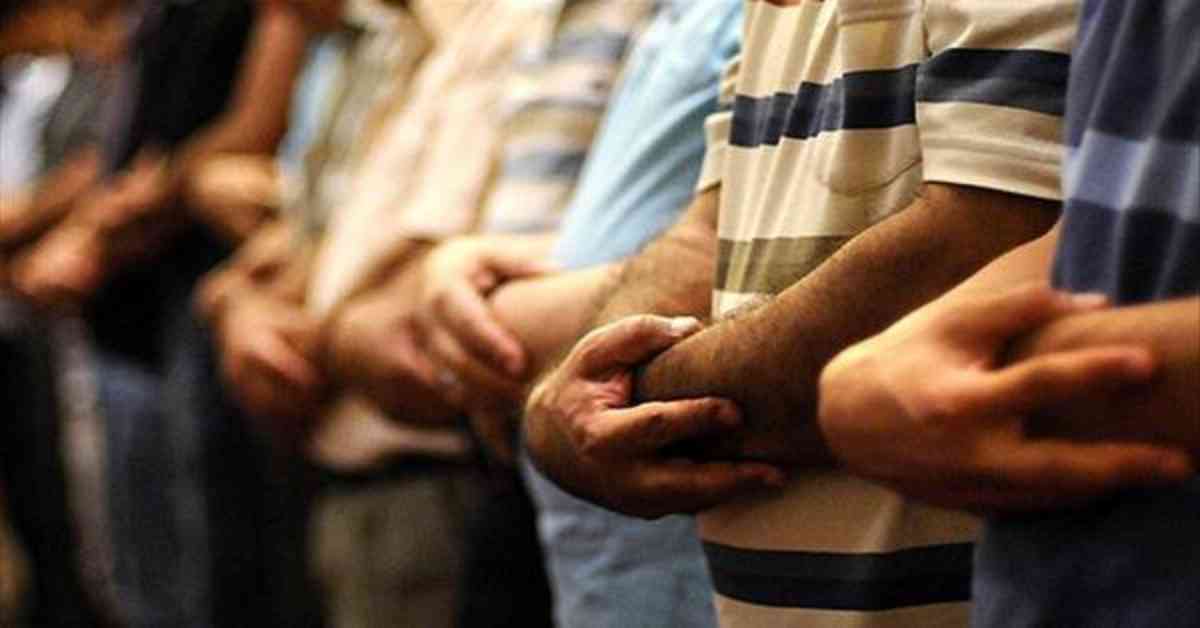Performing Jumu’ah Prayer: A Comprehensive Guide
Jumu’ah prayer, also known as Friday prayer, is a congregational prayer that Muslims perform every Friday as a special obligation in Islam. It holds great significance in the religion and is considered mandatory for all adult Muslim men who are not traveling or sick. In this step-by-step guide, we will explore the intricacies of performing Jumu’ah prayer, including the necessary steps, duas (supplications), surahs (chapters from the Quran), and obligations that come with it.
Step 1: Preparation for Jumu’ah Prayer
Before heading to the mosque for Jumu’ah prayer, it is important to perform the ritual purification known as wudu (ablution). Wudu involves washing specific parts of the body in a prescribed manner, ensuring cleanliness and readiness for prayer. Once wudu is completed, it is recommended to wear clean and modest clothing, as well as apply perfume if available, as a sign of respect for the occasion.
Step 2: Arriving at the Mosque
Upon arriving at the mosque for Jumu’ah prayer, it is customary to offer two rakats (units) of prayer known as the Sunnah mu’akkadah. These voluntary prayers are highly recommended and serve as a way to prepare spiritually for the congregational prayer that follows. It is important to arrive early at the mosque to secure a place in the prayer hall and to listen to the khutbah (sermon) delivered by the imam.
Step 3: Beginning of Jumu’ah Prayer
The Jumu’ah prayer consists of two rakats and is led by the imam. The congregation follows the imam’s movements and recitations during the prayer. The first rakat begins with the opening takbir (saying “Allahu Akbar”) followed by recitation of Surah Al-Fatihah and another surah from the Quran. After the recitations, the congregation goes into ruku (bowing) and recites “Subhana Rabbiyal Azim” three times.
Step 4: Prostrations and Recitations
After rising from ruku, the congregation goes into sujood (prostration) and recites “Subhana Rabbiyal A’la” three times. This position of prostration is considered a moment of humility and submission before Allah. The congregation then rises and sits back on their knees, reciting “Allahu Akbar” before going back into sujood for the second time. The process of prostrations and recitations is repeated as per the imam’s guidance.
Step 5: Second Rakat and Dua
After completing the first rakat, the congregation rises for the second rakat and follows the same sequence of recitations and movements as in the first rakat. Once the imam finishes the recitations, the congregation goes into ruku, sujood, and completes the second rakat. Following the completion of the prayer, it is recommended to make personal duas (supplications) for forgiveness, guidance, and blessings.
Step 6: Conclusion of Jumu’ah Prayer
After the completion of the Jumu’ah prayer, the imam delivers the khutbah (sermon) to the congregation. The khutbah consists of two parts, with a break in between where the congregation can engage in dhikr (remembrance of Allah). It is important to listen attentively to the khutbah and reflect on the teachings and guidance shared by the imam. The Jumu’ah prayer concludes with the congregation offering greetings of peace to each other and dispersing to continue their day.
In conclusion, performing Jumu’ah prayer is a sacred and obligatory act for Muslims that holds great spiritual significance. By following the step-by-step guide outlined above, individuals can ensure that they fulfill their religious duties and connect with Allah in a meaningful way. May every Jumu’ah prayer be a source of blessings, guidance, and spiritual growth for all believers.





















